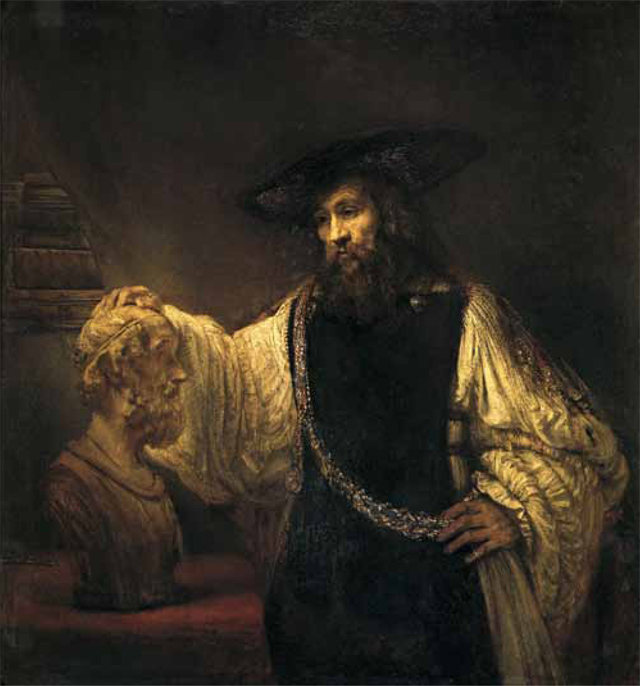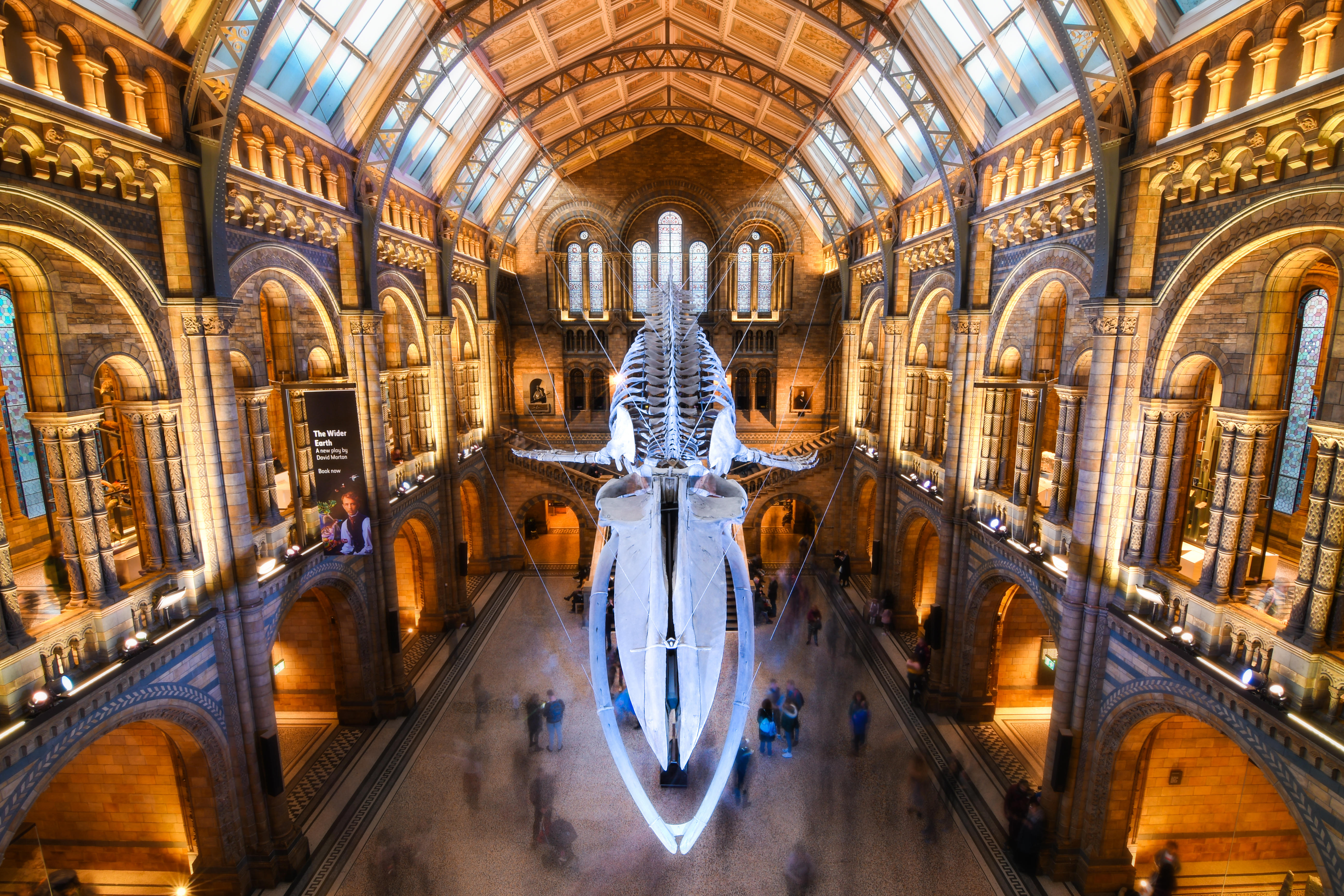My Favourite Painting: A. C. Grayling
A. C. Grayling chooses his favourite painting for Country Life.


Aristotle with a Bust of Homer, 1653, 561/2in by 533/4in, by Rembrandt van Rijn (1606–69), Metropolitan Museum of Art, New York. Bridgeman Images.
A. C. Grayling says: 'Although this is not among Rembrandt’s better known works, it displays all the best characteristics of his manner, including the richness of subject matter that transforms the technical genius of his paintings into far-reaching worlds of meaning. Notice that Aristotle’s gaze lies not upon the bust of Homer, but in an unfathomable distance beyond it. He is lost in thought, he is contemplating the contrast between the poet’s immortal reputation and the worldliness of the weighty golden chain. Art, Rembrandt is saying, transcends all else.'
The philosopher Prof A. C. Grayling is Master of London’s New College of the Humanities, which opens this month.
Art critic John McEwen comments: 'This picture was painted for a Sicilian nobleman living in Messina, Don Antonio Ruffo (1610/11–78). Although Ruffo was an avid and international collector, who had amassed 364 paintings by the time of his death, he rarely left his native city. In this instance, the commission was arranged by the agent Giacomo di Battista.
Until 1917, when newly published Ruffo documents were connected with the painting, the man represented had been variously identified as a writer, a philosopher, a savant or perhaps one of the poets—Ariosto, Tasso or Virgil. The documents revealed it was first recorded as a half-length figure of an unspecified philosopher, suggesting that Ruffo did not have a particular subject in mind and probably asked only for a half-length figure on a canvas of a certain size.
In 1661, he commissioned two more works from Rembrandt, one of Alexander the Great. A year later, he stated his dissatisfaction with the portrait of Alexander in a letter to the Dutch consul in Messina, complaining it was not as good as the Rembrandt he had of Aristotle. Thus the identity of the man in this picture was revealed. Aristotle was Alexander’s tutor; the medallion on his chain bears the image of his pupil. Chains were an established reward for princely service, and were received by Rembrandt’s Flemish contemporaries Rubens and Van Dyck. The 19th-century French painter and writer Eugène Fromentin wrote of Rembrandt: ‘If he is of his time, he is never altogether of it.’
This article was first published in Country Life, September 19, 2012
Sign up for the Country Life Newsletter
Exquisite houses, the beauty of Nature, and how to get the most from your life, straight to your inbox.
Country Life is unlike any other magazine: the only glossy weekly on the newsstand and the only magazine that has been guest-edited by HRH The King not once, but twice. It is a celebration of modern rural life and all its diverse joys and pleasures — that was first published in Queen Victoria's Diamond Jubilee year. Our eclectic mixture of witty and informative content — from the most up-to-date property news and commentary and a coveted glimpse inside some of the UK's best houses and gardens, to gardening, the arts and interior design, written by experts in their field — still cannot be found in print or online, anywhere else.
-
 Athena: We need to get serious about saving our museums
Athena: We need to get serious about saving our museumsThe government announced that museums ‘can now apply for £20 million of funding to invest in their future’ last week. But will this be enough?
By Country Life
-
 Six rural properties with space, charm and endless views, as seen in Country Life
Six rural properties with space, charm and endless views, as seen in Country LifeWe take a look at some of the best houses to come to the market via Country Life in the past week.
By Toby Keel
-
 My favourite painting: Allan Mallinson
My favourite painting: Allan MallinsonMilitary historian Allan Mallinson picks an image of 'faith, generosity and ultimate sacrifice'.
By Charlotte Mullins
-
 My Favourite Painting: Piet Oudolf
My Favourite Painting: Piet Oudolf'One cannot sense whether he is far out on the ocean or closer to shore, or what he may be watching or feeling in that moment as he stares towards the beach.’
By Country Life
-
 My Favourite Painting: Mary Plazas
My Favourite Painting: Mary Plazas'There is compassion, awe, humility, a knowing yet a questioning in the glistening eyes. It moves me, it inspires me beyond the need to know.’
By Country Life
-
 My favourite painting: Robert Kime
My favourite painting: Robert KimeRobert Kime shares his fondness for New Year Snow by Ravilious
By Country Life
-
 My Favourite Painting: Anna Pavord
My Favourite Painting: Anna PavordAnna Pavord chooses a picture which reminds her of where she grew up
By Country Life
-
 My favourite painting: The Duchess of Wellington
My favourite painting: The Duchess of WellingtonThe Duchess of Wellington chooses her favourite painting for Country Life.
By Country Life
-
 My favourite painting: Maureen Lipman
My favourite painting: Maureen LipmanMaureen Lipman chooses her favourite painting for Country Life.
By Country Life
-
 My favourite painting: Jacqueline Wilson
My favourite painting: Jacqueline Wilson'I looked at this painting and decided to write about a Victorian circus girl one day'
By Country Life